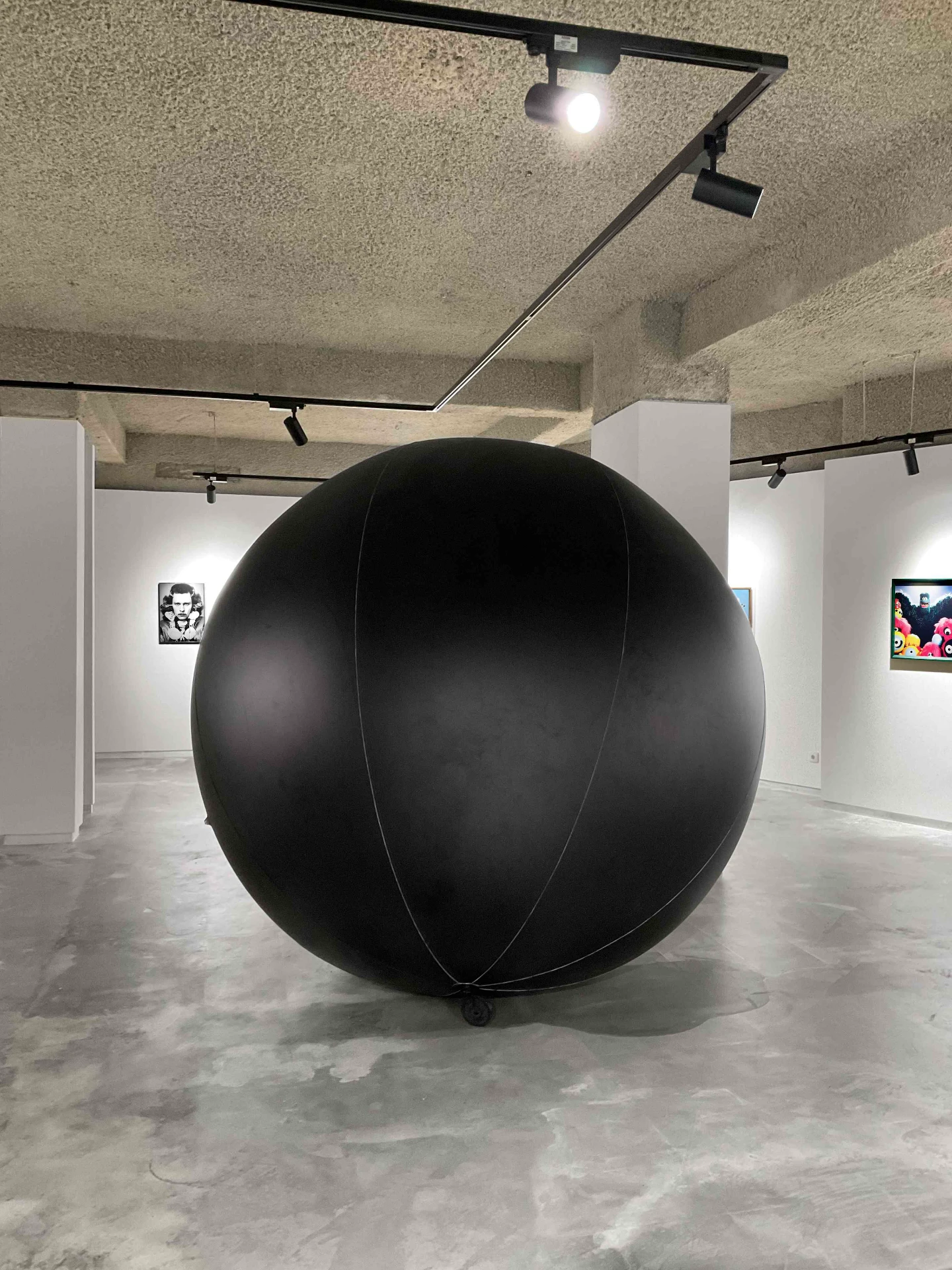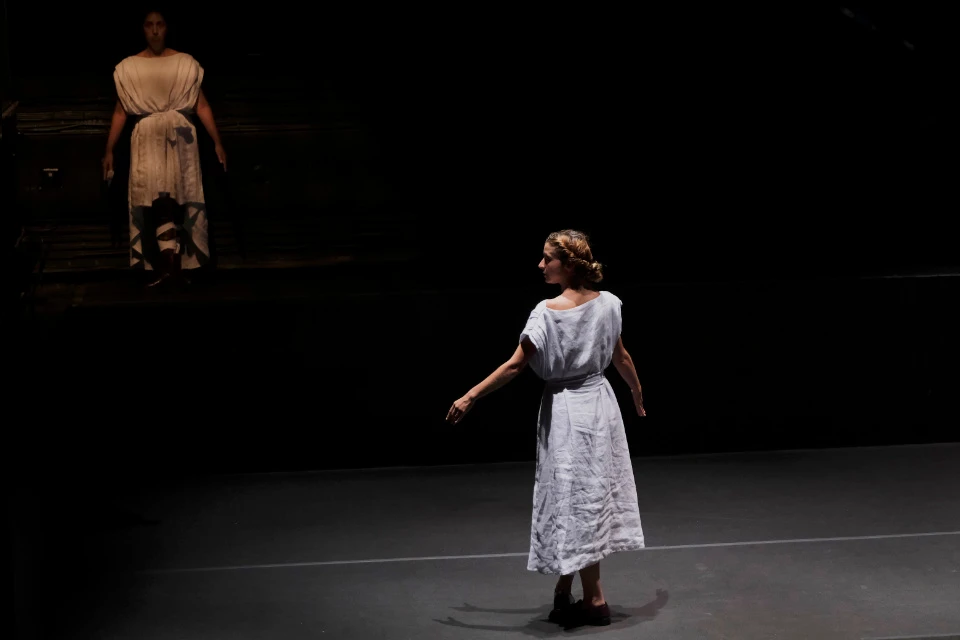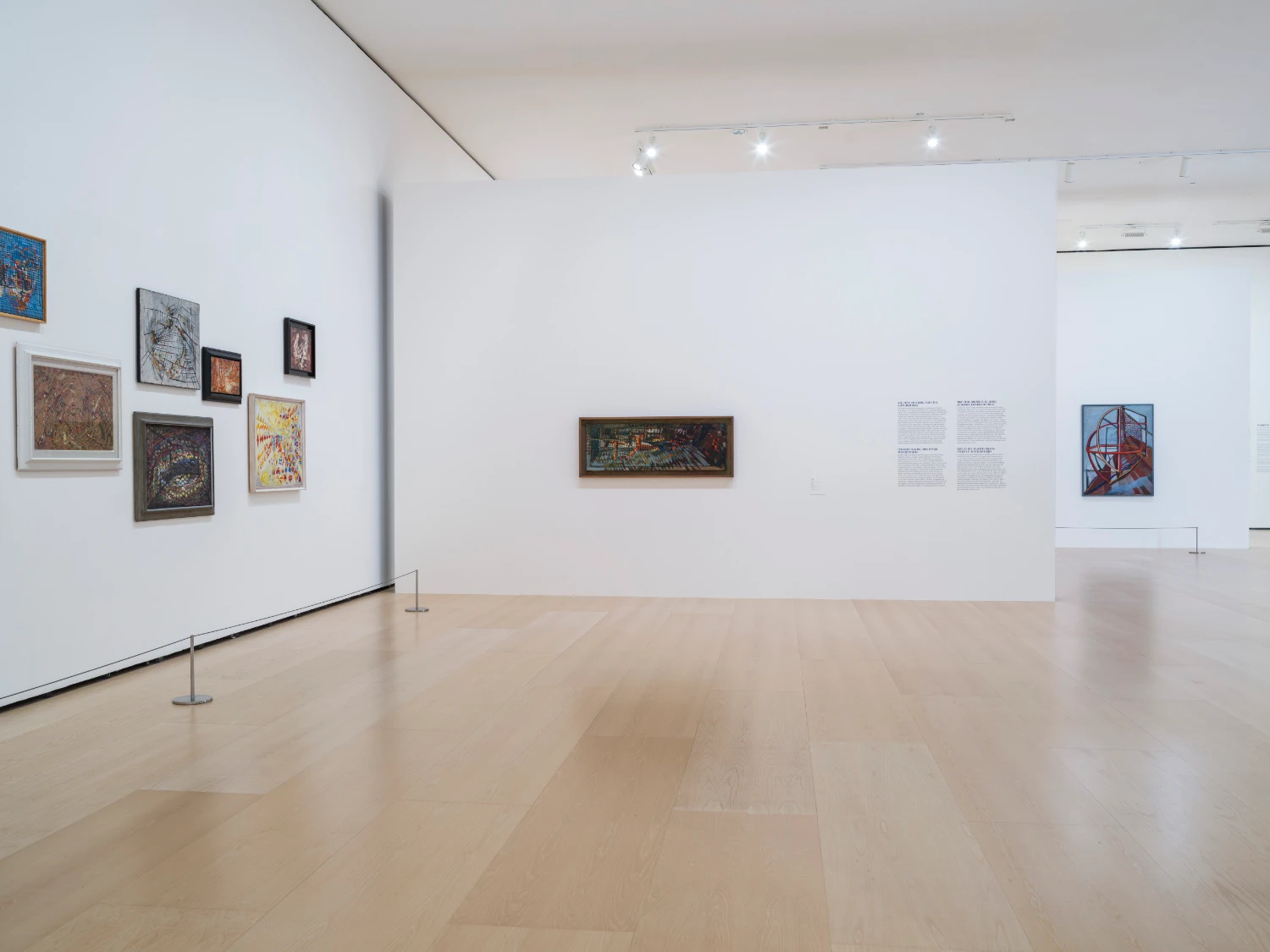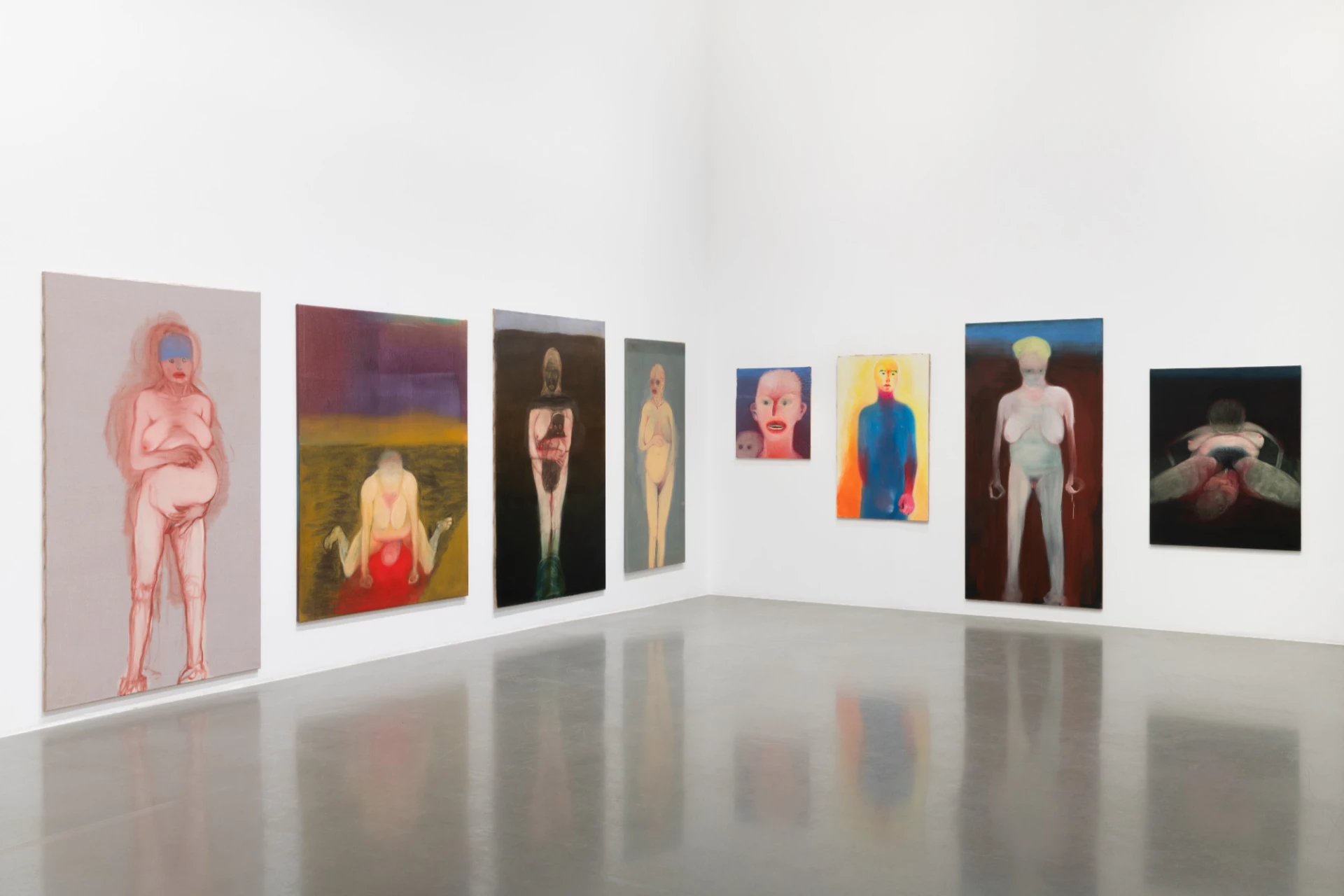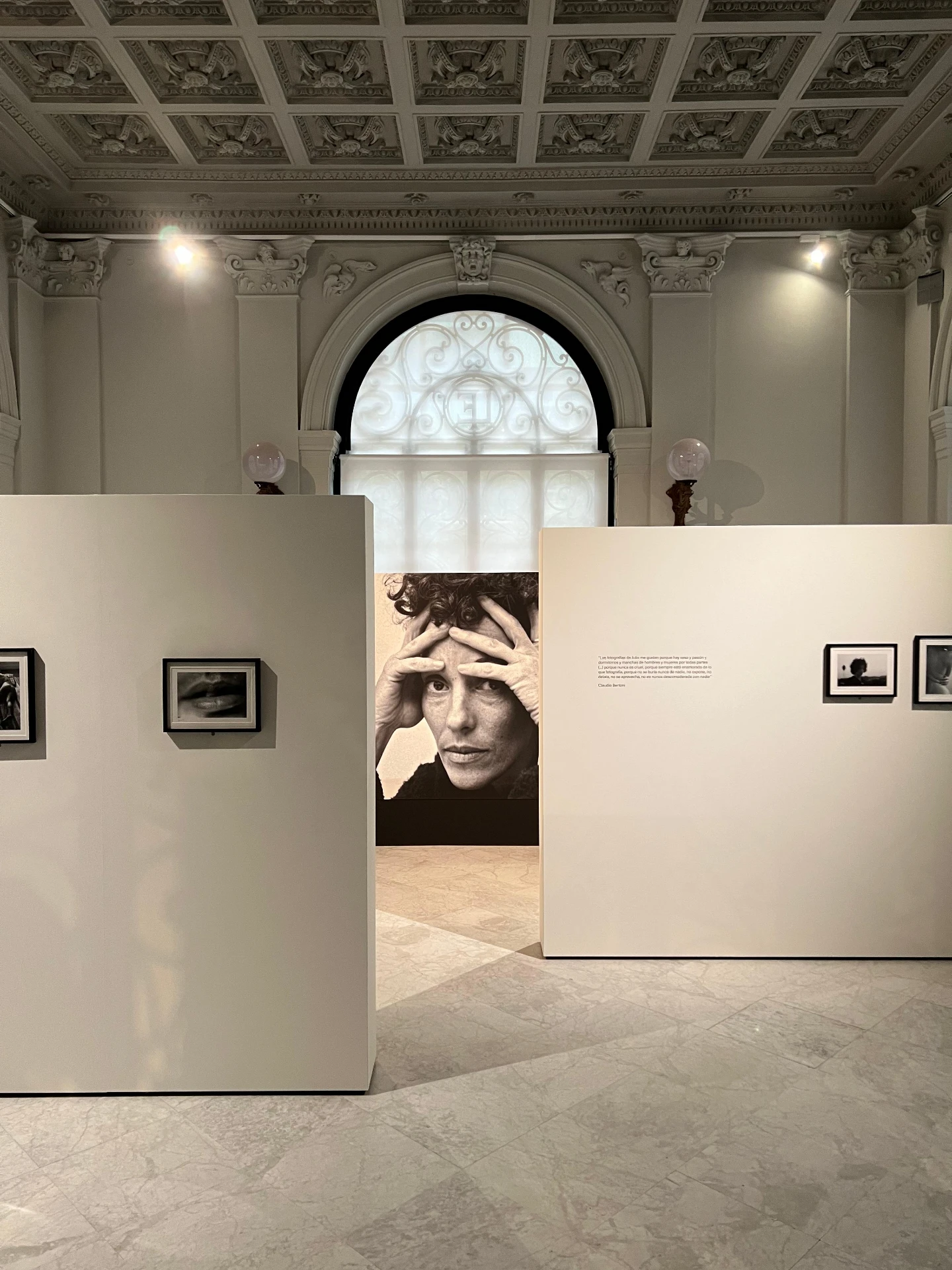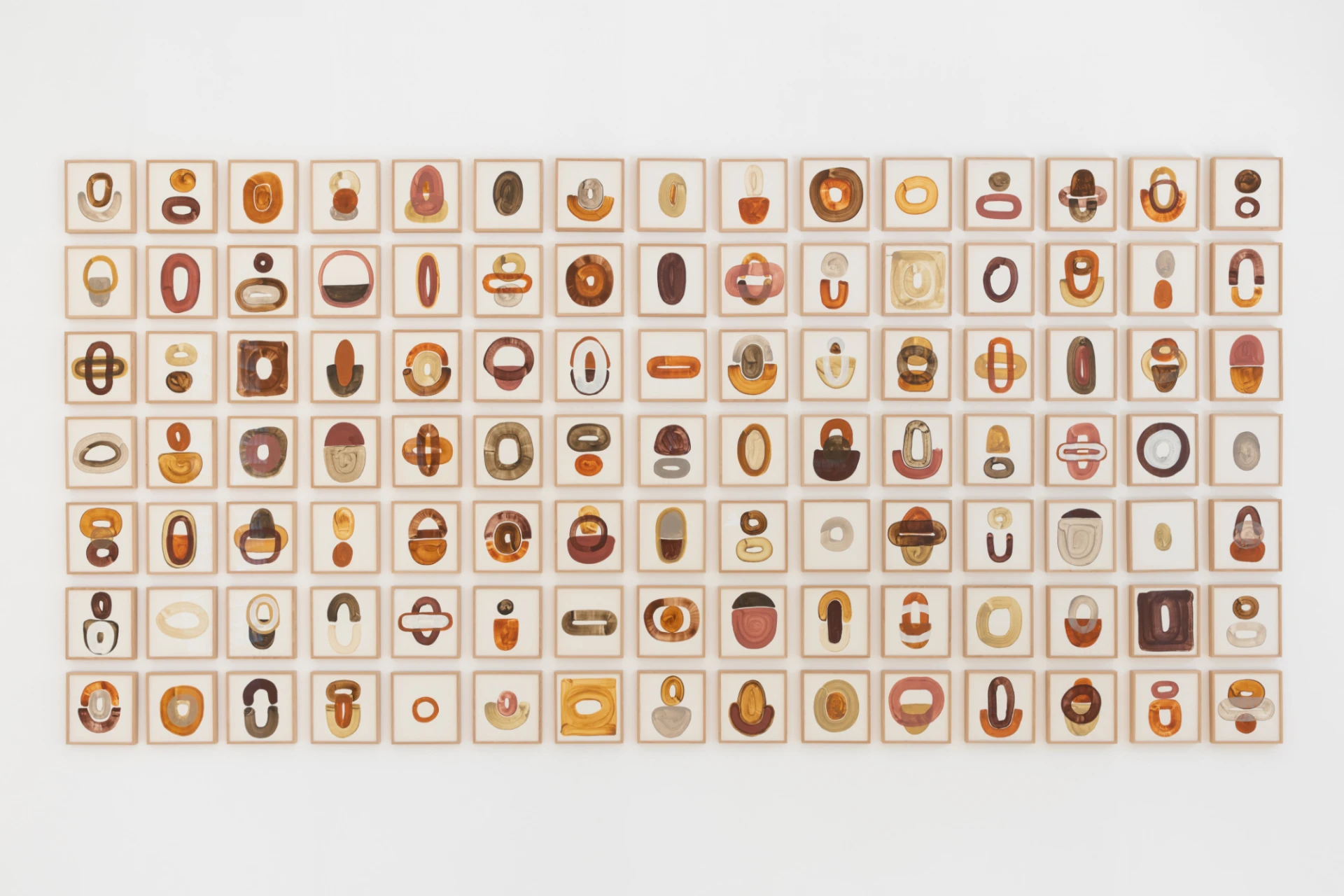Maria Inês Mendes: You studied Art History at the University of Bristol. What initially led you to curating? Was it a desire to work directly with artists?
Chrissie Iles: If you study art history, there are many directions you can go in afterwards. I wanted to work directly with artists and I wanted to show their work to the public. As a curator, you are working with artists on one hand, and working with the public on the other. You are almost a kind of editor, or translator. I am also very interested in the physical space of the exhibition, on how you show the work to the public, what kind of experience you want to give the public. So, my engagement with artists from a very early age made me very excited about developing a long dialogue with artists. And so curating came about very naturally.
MM: During your career as a curator, you have worked in various art spaces, some more alternative, such as the Waterloo Gallery, and others more institutional, such as the Whitney Museum, where you have been a curator for over 20 years. Even so, your approach to curating seems to be quite experimental. How much experimentation does an institution like the Whitney Museum allow you? And also, how can a more experimental dimension be introduced into a big institutional space?
CI: You must be creative in your thinking. Most of all, you have to start with the dialogue with the artist. But you also have to be in dialogue with the institution. You have to think about the limits of the institution, the structure of it, and also how to push those a little bit, to try to shift the parameters of that institution. In the case of the Whitney Museum, we are talking about an institution that is mainly dedicated to building a collection, but which also organises exhibitions. There are many questions we could ask: How can we be creative in terms of what artists can do here? In many cases, the answer involves using the physical space of our building: the artist may want to create a piece outside or around the building, a performance that somehow also makes use of that space. Other times, the answer may lie in a more conceptual field, in the way certain themes are worked on around the institution's archive. In my personal experience, I would say that this experimental work within the institution is due, in part, to the possibility of building a collection of moving images that transcends the limits of the institution in various ways. But it is also due in large part to the work with artists, who constantly present us with different ideas about institutions that we can try to realise within their own limits.
MM: In a past interview, I believe with Another Mag, you mentioned that David Elliot, at the time director of Modern Art Oxford, was somehow a mentor and a crucial person in your development as a curator. In this sense, I would ask: How does one learn how to be a curator? Do you think it implies a certain level of intuition?
CI: I think that learning to be a curator is a mixture of a lot of things. When I started there were no curatorial courses like there are now, so mentorship was doubly important. I think that the curatorial courses - and I teach at two of them, at the Center for Curatorial Studies, at Bard College, and at School of Visual Arts - are very relevant but can only take you so far. What do you do when you finish the course? That's the question. And then you really realise mentorship is very important. If you are lucky like I was, you will find a mentor who can guide you and help you. But intuition and empathy are also very important parts of being a curator. And also having a perspective on time and art history. Mentors will teach you how to handle artists, how to be a diplomat, and how to have a trained eye. Sometimes I feel that curatorial courses rely too heavily on theory, but in fact, a very important part of putting together an exhibition is precisely spatial intuition. It is a mixture of all these factors. And there are many things that can only be learned by accompanying someone who already knows how to do them.
MM: Although you have curated several exhibitions, including those of Sol LeWitt, Marina Abramović, Louise Bourgeois, and Donald Judd, your career is clearly focused on video art and experimental cinema. Among other examples, the exhibition “Into the Light: The Projected Image in American Art 1964–1977” stands out as the first retrospective of historical films and video installations in America. After spending so much time developing this mapping work, can you tell us what role the moving image plays in American Art History?
CI: The moving image has always, from the very beginning, played an important role in artist thinking. In the 20th and 21st centuries, artists have adopted the camera as a way of thinking and experimenting. Few artists have never picked up a camera or experimented with moving images. All other art forms intersect with moving images, which therefore become a device for interdisciplinary experimentation. Sometimes the moving image is cinematic; other times it is sculptural, pictorial. Ultimately, its fluidity allows it to be explored in many ways.
MM: Even though you have a background in art history, the way you approach moving images seems to be non-chronological. Recently, you mentioned two different themes: decolonizing the screen and haptic space. What are the main themes or constellations that you find urgent to be mapped, studied and also archived in the present?
CI: Well, the reason I chose the decolonizing of the screen and the haptic space to discuss is because I think those are two important questions now for the moving image. Firstly, as technology advances, we must ensure that history is written not only by white artists, but by artists from all over the world. The majority of people in the world are not white, and they are the ones who produce most of the art. It is important to always remember this, especially when building a collection for an institution. Furthermore, the moving image is a global practice. This is particularly important in America, where cinema has always been racialised — black people could not go to the cinema, they had to have different cinemas. The second point I mentioned was haptic space. I think technology, social media and mobile phones are flattening people's experience of space. People walk down the street looking at their phones, everything revolves around that little screen. And because we are always immersed in these screens, we are losing the ability to understand physical space as real: we always think of it in relation to the screen. And that's a problem. I think swapping and scrolling are affecting the way we relate to physical space. We are confronted with paintings, with sculptures, and we pass by them quickly as if we were scrolling through the exhibition space. The installation of moving images allows us to slow down. It brings us back to physical space, to a very tactile relationship with our surroundings. And artists, through screens — there are many different types of screens, made of fabric, metal or wood — are exploring different ways of bringing us closer to physical space again. By this I do not mean an immersive space in terms of spectacle or sensation, but rather a rooting in the space that surrounds us.
MM: In addition to curating, you have also been at the forefront of building the permanent moving image collection. I find it particularly interesting that you mentioned that you aim to build tools for the curators of the future. It is a collection that very clearly seeks to construct a global, non-Eurocentric view of art history. Do you think that the fact that you were born and spent a few years in the Middle East contributed to this perspective?
CI: Yes. I was born in Beirut. Living in the Middle East and attending international schools for the first 10 years of my life exposed me, from an early age, to a non-European perspective on history and culture. I feel that this experience has given me a different understanding of history. Above all, it helped me understand the present and the work that artists are doing. Because, ultimately, artists are always looking at history and rethinking it. They look at ancient history, modern history, the history related to their families and their countries, geopolitical history, cultural history, etc. Having a non-European perspective prevents us from imposing a Western view on Asian art, on Middle Eastern art, whatever the theme we are working with.
MM: In the face of a period of political turmoil and escalating international violence, what do you think is the role of curatorship and major institutions such as the Whitney Museum?
CI: I think the role of curatorship is to offer cultural perspectives to shape alternative ways of working, thinking and creating together. To create an international cultural landscape in dialogue with each other, which seeks to think up new models of critical thinking together. And I believe that's why art is so powerful. Because people seek art both to inspire themselves and to reflect on the world around them. Because they seek art to see how artists are shaping the world around them. I feel that through different perspectives and curatorial dialogues, we can shape a different way of relating to each other.
MM: Your approach is very interdisciplinary, placed somewhere in between sculpture, installation and moving image. Besides the fact that sculpture and installation are clearly influenced by moving images, and vice versa, do you believe in a kind of proto-cinematic consciousness that existed prior to the invention of cinema? Meaning that cinema is an expanded practice that is not limited to that cinematographic apparatus but would necessarily culminate in it.
CI: Absolutely. There is plenty of evidence of proto-cinematic ideas that artists were exploring. I think the ideas of shadow and light, and the ideas of narrative, are central to reflecting on this proto-cinematic consciousness. In the Renaissance, for example, when artists were learning to draw, they did so by choosing an object and projecting candlelight onto it. Shadows were created, and they were important for understanding physical form and volume. Most art was created before electricity, so the relationship between light and darkness and how different levels of light are handled was very important for the development of painting and sculpture until the 19th century. We could also say that mosques in the Middle East, for example, or Baroque churches led us to cinema. The way light enters through the window and is projected into the space seems quite relevant to me. In addition, the panoramic paintings and triptychs of the Middle Ages. And also the paintings of Giotto, for example. These paintings are almost moving images: they show us a procession of different events over time. All these different elements that we see throughout art history are closely related to what the invention of the camera would make possible.
MM: During Porto Summer School, you talked about how showing video art in museums and galleries is a challenge and not always achieved in the best way. What kind of strategies do you think can be implemented to show moving images within the gallery space?
CI: The first thing curators need to understand is space. Like paintings and sculptures, moving images also interact with the space around them. Curators and institutions need to think about viewing conditions: the audience should be able to sit comfortably while watching a film within the gallery space. But it also depends on the artist's intention. Sometimes artists want the audience to spend time with the work; other times, they want the audience to walk between different projections. Above all, curators should pay attention to what artists ask for and not see their demands as a problem. So, fewer benches and more comfortable places to sit. Never use headphones, because no one uses them. Don't be afraid of sound and listen to the artists. And finally, consider the relationship between the artist, the artwork and the audience — the curator is always situated somewhere in this dialogue. The curator must be able to adapt the experience the artist wants to provide to the space they are working with. In the case of institutions, what they should think about is how to make the viewer slow down. We are all consuming too quickly. And this applies as much to painting as it does to the moving image.
The interview was conducted following a conference with the curator during the Porto Summer School on Art & Cinema 2025, organised by the School of Arts of the Portuguese Catholic University, which took place between 30 June and 4 July in Porto.
